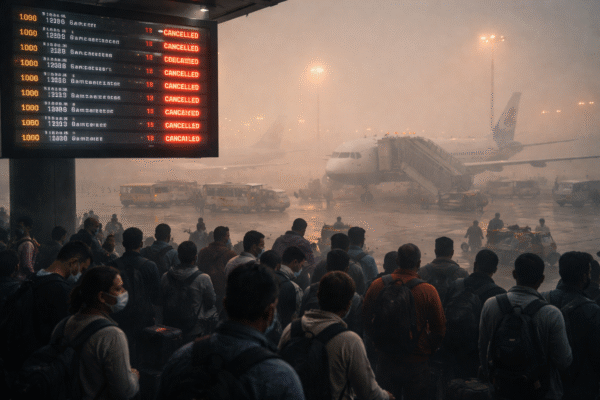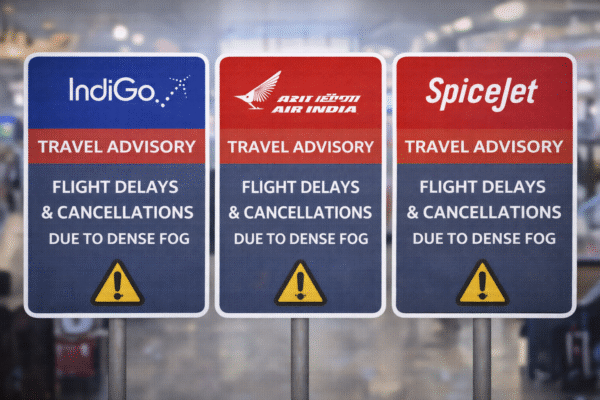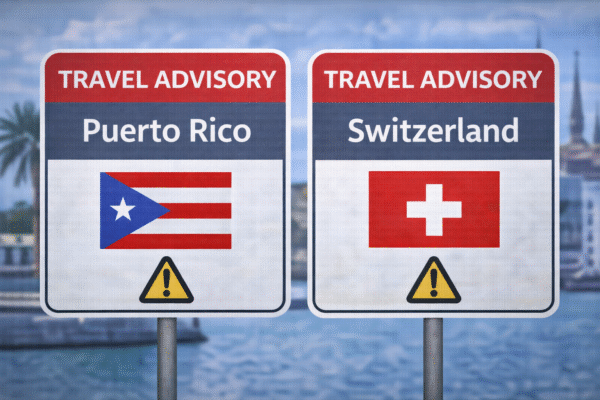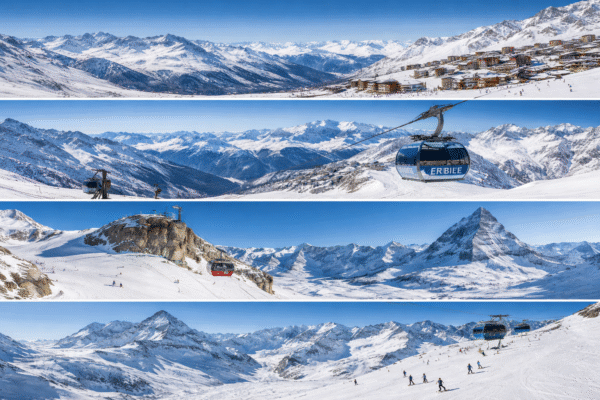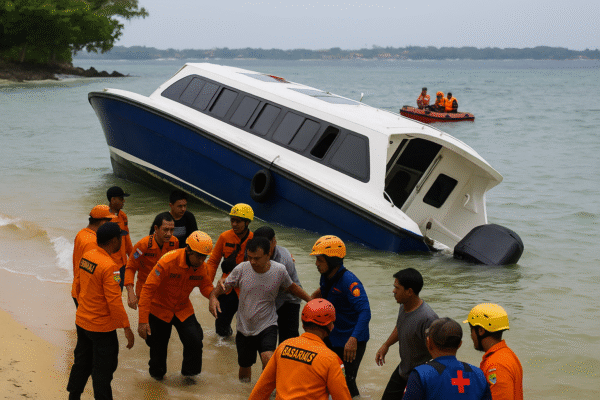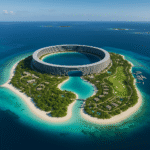On the afternoon of August 5, 2025, a fast boat carrying 80 people capsized off the coast of Sanur Beach in Bali, resulting in three fatalities and over dozens injured. The tragic incident has reignited serious concerns about maritime safety standards in one of Southeast Asia’s most visited tourist destinations.
Details of the Tragic Incident
At around 3:00 PM local time, the Dolphin II Fast Boat, traveling from Nusa Penida to Sanur, encountered unexpected rough conditions near the shore. The vessel lost balance and capsized just before completing its journey, throwing passengers into the sea.
According to Bali’s Denpasar Search and Rescue Agency (Basarnas), the vessel was carrying 75 passengers and 5 crew members. Among the passengers were five Australian nationals and a mix of both domestic and international tourists.
Preliminary reports confirmed that two victims, believed to be of Chinese nationality, died at the scene. Their initials were released as SGH and HY. Another victim, an Indonesian citizen identified as KAJD, was declared missing during the initial rescue operation. His body was tragically discovered the following day at Padanggalak Beach, not far from Matahari Terbit Beach in Sanur.
Emergency Response and Rescue Efforts
The rapid deployment of rescue personnel helped save many lives. Teams from Basarnas, local marine police, and community volunteers coordinated efforts. A Rigid Inflatable Boat was used to reach trapped or injured individuals, while local fishermen and beachgoers joined the effort, pulling survivors — including young children — to safety.
Heart-wrenching video footage from the scene showed distressed passengers clinging to debris, with some being treated for shock and injuries at nearby hospitals. Medical teams from Sanglah General Hospital and Sanur Clinic provided emergency treatment, stabilizing victims suffering from water inhalation, bruises, and trauma.
Safety Oversight in Question
The incident has triggered renewed calls for better maritime safety enforcement across Indonesia’s islands. This is particularly pressing in Bali, where thousands of travelers rely on fast boats and ferries to reach island destinations like Nusa Penida, Nusa Lembongan, and Gili Islands.
The Ministry of Transportation of Indonesia has opened an investigation into the cause of the Dolphin II’s capsize. Early speculation suggests poor weather conditions and overcapacity may have contributed, although these claims are yet to be confirmed.
This is the fourth major maritime incident in Indonesia within the last two months, casting a long shadow over the island nation’s safety record. Just weeks earlier, on July 2, the KMP Tunu Pratama Jaya ferry sank in the Bali Strait, claiming 12 lives. Later in July, a passenger ferry caught fire off the coast of North Sulawesi, and in June, another fast boat capsized en route to Sanur — though no fatalities occurred in that case.
International Travel Advisories Issued
The Australian Government’s Smartraveller service and UK Foreign Office have both issued updated travel advisories, cautioning travelers about using local sea transport in Indonesia. They advise checking for the presence of life vests, proper safety equipment, and weather updates before boarding.
Tourism safety watchdog Bali Tourism Board (BTB) has echoed these concerns, urging fast boat operators to perform regular vessel maintenance, comply with safety drills, and provide bilingual safety instructions for foreign tourists.
Government Pledges Reforms
In a press conference, Minister of Tourism and Creative Economy Sandiaga Uno expressed deep condolences to the victims and emphasized the urgent need for a national maritime safety audit. He reiterated plans to collaborate with the Indonesian National Transport Safety Committee (KNKT) and international maritime bodies to overhaul safety protocols.
Uno also pledged to implement compulsory safety certification for all tourist boats operating in Indonesia and promised tighter monitoring at key departure points like Sanur, Padangbai, and Benoa Harbour.
The Human Cost
Beyond statistics, the Sanur boat tragedy underscores the devastating human cost of safety lapses in high-traffic tourist zones. Survivors, including families and solo travelers, spoke of terrifying moments where “the boat flipped suddenly,” leaving them “fighting for survival” amid crashing waves.
Local eyewitnesses shared accounts of how swiftly the boat overturned. “Within seconds, people were screaming and thrown into the water. Thank God many of us were able to help,” said Wayan Suardika, a fisherman who joined the rescue effort.
A Wake-Up Call for Indonesian Tourism
This tragedy has ignited vital conversations about sustainable tourism and safety in Indonesia. Bali, known for its natural beauty and spiritual charm, must now balance its tourism boom with the responsibility of ensuring traveler safety.
As investigations continue, the Sanur fast boat disaster serves as a chilling reminder that tourism safety cannot be taken for granted. Indonesia’s allure lies not just in its landscapes but in the trust of the travelers who visit — a trust that must be rebuilt through transparent, actionable reform.
Conclusion
The Dolphin II fast boat tragedy marks a turning point for Bali’s tourism and maritime sectors. It has highlighted the urgent need for comprehensive safety regulations, better enforcement, and real-time passenger education. With the world watching, Indonesia must act decisively to ensure such a heartbreaking event is never repeated — and that every traveler exploring its waters returns home safely.
For more travel news like this, keep reading Global Travel Wire





